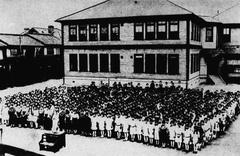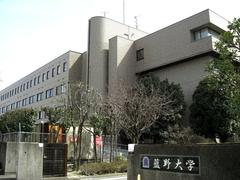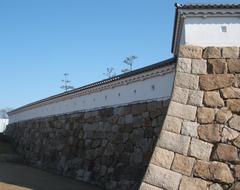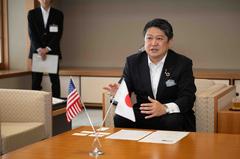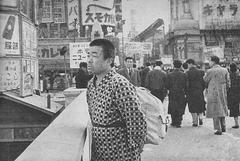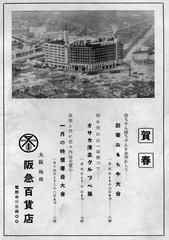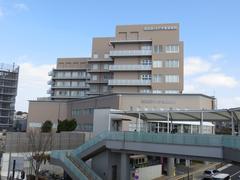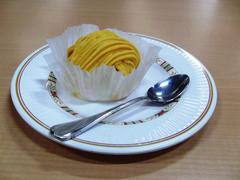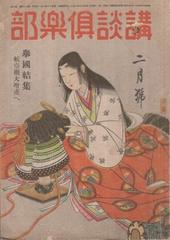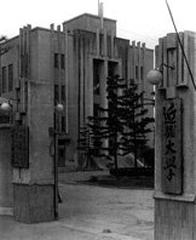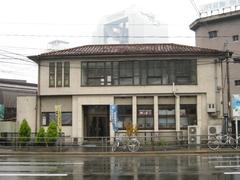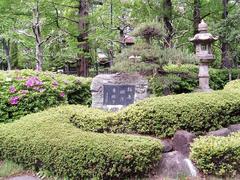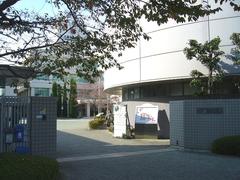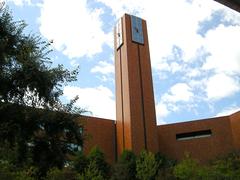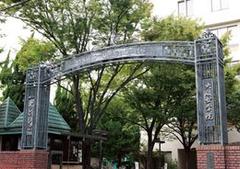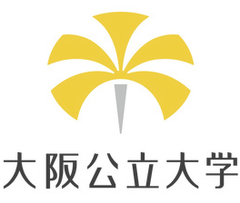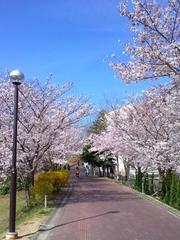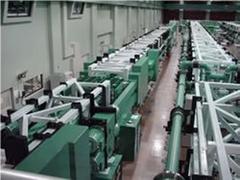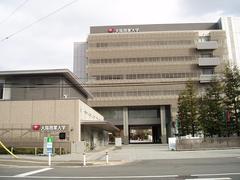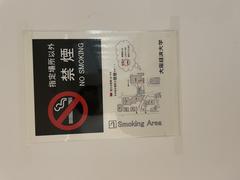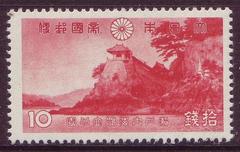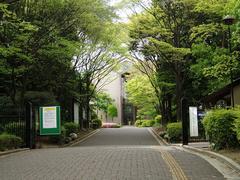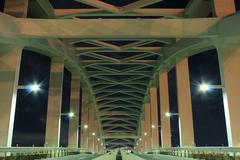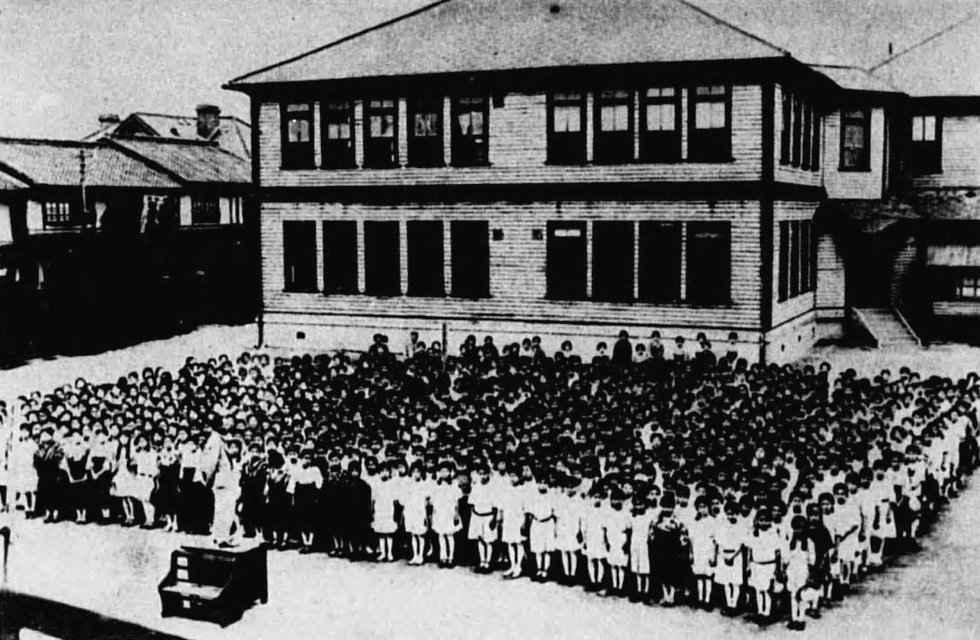
Baika Women’s University Visiting Guide
Date: 14/06/2025
Introduction: History and Significance
Baika Women’s University, a prestigious institution in Ibaraki City, Osaka Prefecture, is celebrated for its pioneering role in women’s education and its enduring cultural heritage. Established in 1878 as Baika Girls’ School by a collaboration of Christian missionaries and Japanese educators during the transformative Meiji era, Baika has become a symbol of resilience and empowerment. The university’s name, “Baika,” meaning “plum blossom,” reflects its core values of perseverance and beauty, which continue to inspire its educational philosophy. Firmly rooted in Christian principles, Baika is dedicated to fostering globally minded women leaders through a holistic curriculum.
The university’s picturesque campus—adorned with plum blossom gardens and historically significant buildings—welcomes visitors as both an academic hub and a cultural landmark. With free general admission, guided tours, accessible facilities, and seasonal events such as the renowned Plum Blossom Festival, Baika provides an enriching experience for tourists, prospective students, and history enthusiasts alike.
For more comprehensive details on visiting Baika Women’s University, refer to Study Abroad Aide and the official university website.
Historical Overview
Founding and Evolution
Baika traces its roots to the founding of Baika Girls’ School in 1878, initiated by Christian missionaries and Japanese reformers. It was the first girls’ school in Osaka, dedicated to advancing women’s education at a time of significant social transformation. In 1964, it gained university status, expanding its academic offerings to meet the needs of postwar Japan (Study Abroad Aide).
Mission and Educational Values
Baika’s educational philosophy is grounded in Christian values, emphasizing truth, goodness, and beauty. The university nurtures character, social responsibility, and international perspectives, aiming to develop women who will contribute meaningfully to society.
Academic Growth
From its early focus on teacher training and home economics, Baika now offers diverse undergraduate and graduate programs spanning psychology, literature, health sciences, media, education, and food culture, reflecting its commitment to adapting with societal advances.
Visitor Information
Visiting Hours and Admission
- Hours: 9:00 AM to 5:00 PM, Monday–Saturday. Closed on Sundays and national holidays.
- Admission: Free for self-guided tours. Some guided tours and exhibitions may require advance reservation via the university website or visitor center.
Guided Tours and Events
Guided campus tours are available and highlight historical architecture, plum blossom gardens, and modern facilities. Notable events include the Plum Blossom Festival in early spring, which showcases the campus’s natural and cultural splendor.
Accessibility
The campus is fully accessible, featuring ramps, elevators, and accessible restrooms. Visitor services are available for guests with special needs.
Photography and Scenic Spots
Baika’s celebrated plum trees offer beautiful photographic opportunities, particularly during the bloom in early spring. The original school buildings and serene gardens are recommended backdrops.
Getting There & Nearby Attractions
Location and Transportation
Baika Women’s University is located in Ibaraki, Osaka Prefecture. It is a 10-minute walk from Ibaraki Station on the JR Kyoto Line. The campus is also accessible via the Hankyu Railway and is served by a distinctive pink shuttle bus connecting nearby train terminals (Univ Journal).
Nearby Attractions
- Settsu-Tonda Castle Ruins: Explore remnants of feudal history.
- Expo ’70 Commemorative Park: Renowned for its gardens and cultural exhibits (Expo ’70 Commemorative Park).
- National Museum of Ethnology: Delve into global cultures and anthropology.
- Traditional Shopping Streets and Cafes: Experience Ibaraki’s local flavor.
For broader travel planning, visit the Osaka Tourism Official Site and the Japan National Tourism Organization.
Campus Highlights
Architectural Heritage
The campus seamlessly blends preserved historic buildings—such as the main hall—with modern educational structures. The Sawayama Memorial Hall, built in 1988, commemorates the university’s founder and houses exhibits on the evolution of women’s education.
Scenic Grounds
Baika’s campus is lush with seasonal blooms: plum and cherry blossoms in spring, roses and hibiscus in summer, osmanthus in autumn, and sasanquas in winter (Edarabia).
Student Life and Cultural Events
- Cultural Festivals: Open to visitors, featuring performances, exhibitions, and food stalls.
- Gekidan Konohana Musical Troupe & Baika Rhythmic Gymnastics School: Regular performances and showcases.
- Cheerleading Club “RAIDERS”: Active in public events.
Dining & Visitor Facilities
- Cafeteria: Offers healthy Japanese and international fare.
- Lounges and Cafés: Decorated with student artwork, ideal for relaxing.
- Souvenir Shops: University-themed goods and refreshments are available.
Practical Tips
- Dress Code: Modest attire recommended for formal events and academic areas.
- Photography: Permitted in public spaces; please respect privacy and avoid photographing students without permission.
- Language: Japanese is primarily spoken; limited English signage and tours are available.
Sustainability and Community Engagement
Baika Women’s University is committed to sustainability, implementing recycling programs and energy-efficient buildings. The university also collaborates with local communities on educational and cultural projects (Baika University News).
Frequently Asked Questions (FAQ)
Q: What are the visiting hours?
A: Generally 9:00 AM to 5:00 PM, Monday–Saturday. Check the official website for event-specific variations.
Q: Is there an entry fee?
A: No, general campus entry is free. Certain events or exhibitions may require tickets.
Q: Are guided tours available?
A: Yes, by reservation. Contact the visitor center for details.
Q: How accessible is the campus?
A: Fully accessible, with ramps, elevators, and visitor assistance upon request.
Q: When is the best time to see plum blossoms?
A: Early spring, during the annual Plum Blossom Festival.
Plan Your Visit
To ensure the best experience, check the official university website for the latest information on visiting hours, guided tours, and special events. Download the Audiala app for interactive campus maps, virtual tours, and real-time updates. Stay connected by following Baika Women’s University on social media for event news and cultural highlights.
Additional Resources
Images included with this article:
- Panoramic campus view with plum blossoms (alt: “Baika Women’s University campus with plum blossom trees in Ibaraki, Osaka”)
- Historic main hall (alt: “Baika Women’s University historic main hall building”)
- Campus map (alt: “Map of Baika Women’s University and nearby Ibaraki Osaka historical sites”)
For a virtual tour, visit the official university website.
